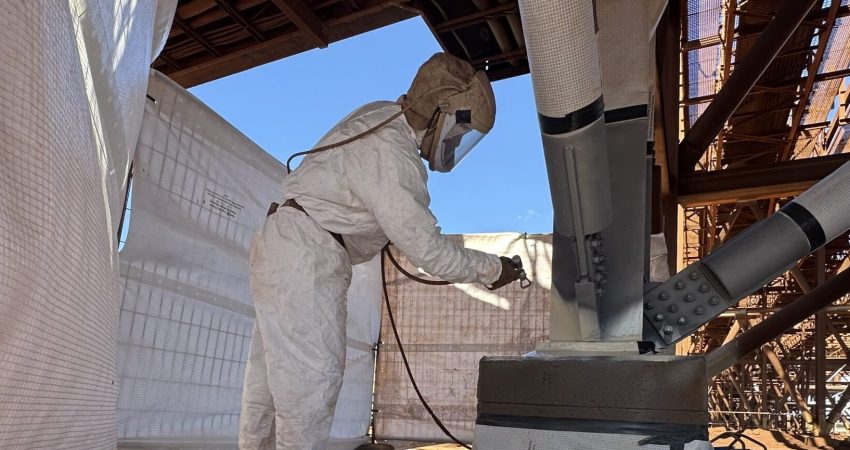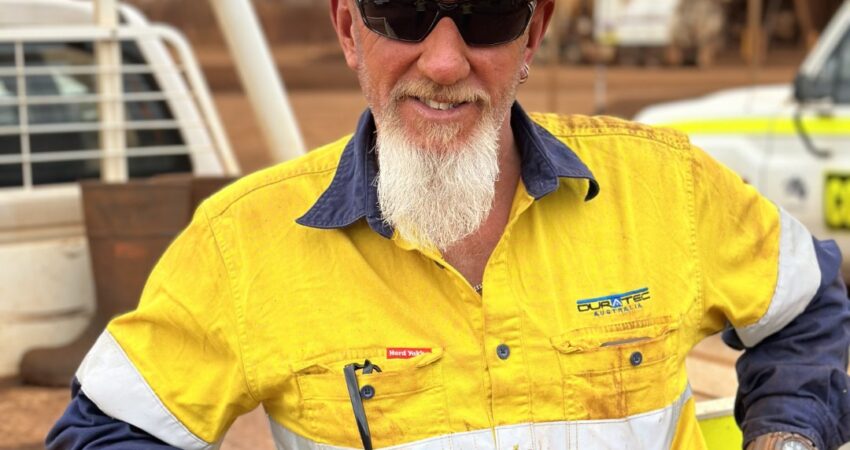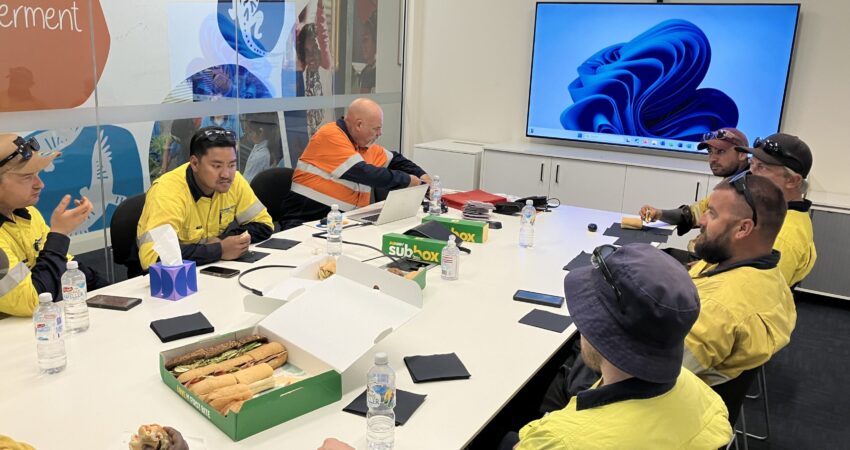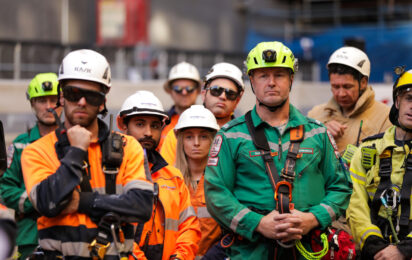Duratec recently worked with Fortescue to devise a solution that would extend the life of steel-and-concrete plinths at Anderson Point, WA.
Background
Fortescue’s Herb Elliott Port at Anderson Point in Port Hedland is a purpose-built rail and port facility to which the company’s three Pilbara mining hubs are connected. The port currently has five operating berths with a capacity building to 210mt.
Due to the port’s high production rate, it is crucial that the operations’ structural assets are maintained. Having provided remediation and maintenance services to Anderson Point assets for several years, Duratec had a good understanding of both the site and Fortescue’s needs.
Collaboration the key
Duratec was engaged to help Fortescue maintain and protect its infrastructure, thereby ensuring it continues to deliver high tonnes and grows towards the 210mt capacity and beyond.
Duratec drew on its expertise in asset protection and collaborated with Fortescue to devise an engineering methodology that would restore and protect the infrastructure into the future. The team determined that a ‘boot seal’ technique – involving abrasive blasting, concrete repair and the
application of a heavy-duty polyurethane, suited to harsh conditions – would be the best solution.
The works
Step 1: Preparing the plinths
The first port-of-call was to prepare the plinths for the blast-and-paint process. This meant removing contaminants, debris and product build-up to ensure the surfaces were clean and ready for the works.
Step 2: Blasting the surfaces
The focal area for the abrasive blasting was the interface between the concrete and steel – more specifically, up to a metre above and approximately 250mm below the steel baseplate that sits upon the concrete base.
Step 3: Repairing the concrete
Next up was the patch-repair of the base’s concrete substrate. The crew went about removing imperfections, including ‘bugholes’, through the application of epoxy mortar mixed with fillers to provide a cementitious consistency.
Step 4: Applying the coating
Around 90 per cent of the corrosion had occurred at the bottom of the plinths, where the steel baseplate was exposed to moisture. The crew began applying the Polibrid coating from the base up, encapsulating the entire plinth and creating a ‘boot seal’. This singular protective layer prevents oxygen or water from accessing the steel and concrete underneath.
Upskilling the team
Part of Duratec’s culture is to provide its workforce with training and development. Long-time Duratec employee and superintendent Noel McAlpine can attest to this and was pleased to see the crew excel over two days of training in the application of heavy-duty polyurethane Polibrid.
“The application of this particular product requires specialised plural-pump spray equipment and while most crew members are familiar with such systems, we wanted to upskill the others and ensure the project got off to the best possible start,” Noel said.
“I’ve been with Duratec for about eight years and have benefited from a lot of training, so it was great to see the guys get stuck into this one,” he added.
The course consisted of both theory and practical units and gave the crew a greater understanding of the plant, equipment and product.
“Implementing the training is a win-win for us as not only are we able to achieve maximum performance at the job front, our guys get to add to their skillsets,” Noel said.





